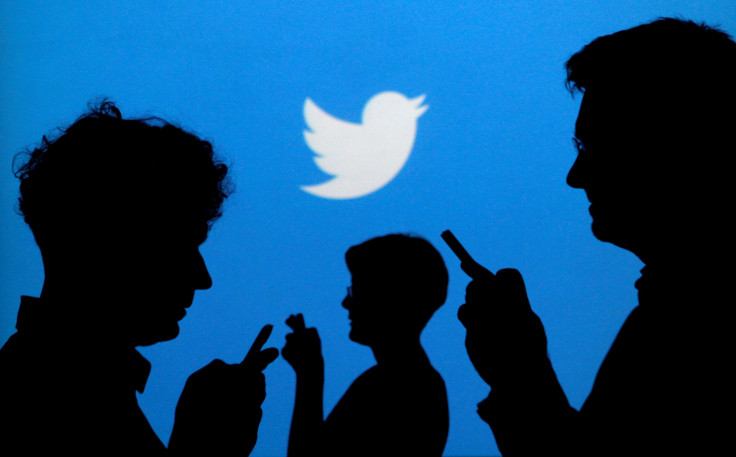Twitter’s Fake User Purge Was Long Overdue

According to The Washington Post, Twitter (NYSE:TWTR) suspended about 70 million accounts over the past three months to purge its network of spam bots and fake users. That revelation initially stunned investors, who assumed that Twitter had wiped out over 20% of its 336 million monthly active users (MAUs).
This article originally appeared in the Motley Fool.
However, Twitter CFO Ned Segal subsequently clarified that "most" of the removed accounts weren't monthly active ones, since they had been inactive "for 30 days or more." Segal noted that if Twitter had removed 70 million MAUs, investors "would hear directly" from the company.
Twitter's willingness to purge its network of questionable accounts represents a step in the right direction for the social network, but it was long overdue. Let's look back at Twitter's fake user problems, and how the company previously turned a blind eye to those problems.
Twitter's fake user problem
Last year, a study by the University of Southern California and Indiana University found that up to 15% of all Twitter accounts were bots designed to like, retweet, or follow certain accounts to grow their own social clout. Twitter's lack of rules for users controlling multiple accounts and using bots as marketing tools exacerbated the problem.
Unlike Facebook (NASDAQ:FB), which mainly connects users to their friends and family members, Twitter is designed as a soapbox for self-promotion. Since Twitter users with just a few followers weren't taken seriously, a black market for selling fake followers flourished. Last year, The New York Times bought 25,000 followers for a test account for $225 to demonstrate how easily Twitter's follower counts cloud be inflated.
Twitter largely turned a blind eye to those problems until the aftermath of the 2016 election. Like Facebook, Twitter was implicated in helping Russian propaganda outlets spread divisive, fake news stories to sow the seeds of social chaos.
In January, Twitter alerted about 1.4 million U.S. users that they had possibly liked, retweeted, or followed about 50,000 Russian-sponsored accounts during the election. The following month, it rolled out new restrictions on how users and apps can automate tweets in a bid to combat spam and propaganda accounts. The latest three-month purge of spam and fake accounts represents a continuation of that strategy.
Why Twitter is finally growing up
Twitter has constantly been judged by its user growth. Back in 2013, then-CEO Dick Costolo claimed in an internal memo that Twitter could hit 400 million MAUs by the end of the year. Five years later, Twitter is nowhere near that target, and its growth is decelerating.
In the past, Twitter was notoriously reluctant to purge bots and fake users. Back in 2015 it blamed Apple (NASDAQ:AAPL) for reducing its MAUs after an iOS update logged off some users and blocked Apple's Shared Links feature from automatically aggregating tweets. In other words, Twitter was annoyed that iOS bookmarks weren't being counted as "active users".
However, Twitter's advertising revenue growth has been improving over the past two quarters as its shift toward smaller advertisers with cheaper ads gradually paid off.
As investors focus more on Twitter's ad revenues instead of its peaking MAU growth, it makes sense to finally clear out spam accounts and refine the company's public image. The timing would also be ideal, since Facebook has been in the penalty box ever since the Cambridge Analytica scandal compromised the personal data of up to 87 million users.
Twitter reaches a much smaller audience than Facebook's 2.2 billion MAUs, but it also requires much less personal data than the social media giant. Therefore advertisers looking for a viable alternative in social media could flock to Twitter and bolster its ad revenues.
The key takeaway
Twitter's user purge isn't a magic bullet for all its problems, but it indicates that the company is cleaning up its act to reassure advertisers that their promoted content doesn't show up amid a river of spam, hate speech, and propaganda tweets. That's definitely a step in the right direction for this evolving company.
Leo Sun owns shares of Apple. The Motley Fool owns shares of and recommends Apple, Facebook, and Twitter. The Motley Fool has the following options: long January 2020 $150 calls on Apple and short January 2020 $155 calls on Apple. The Motley Fool has a disclosure policy.




















